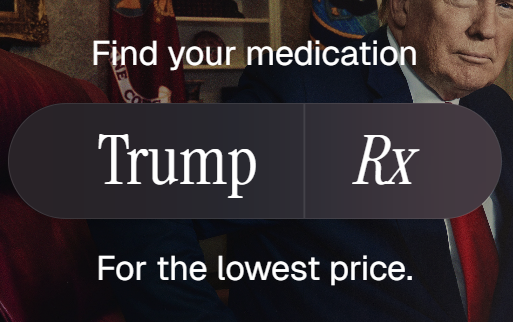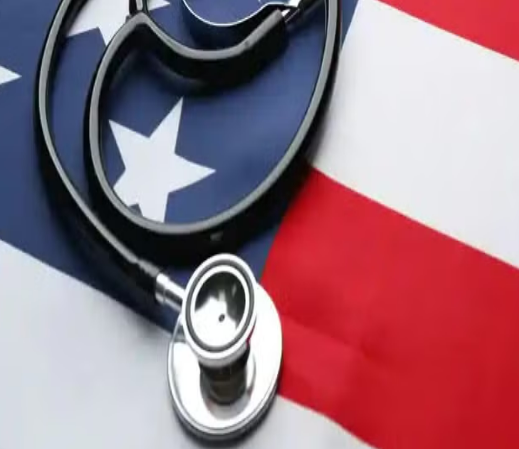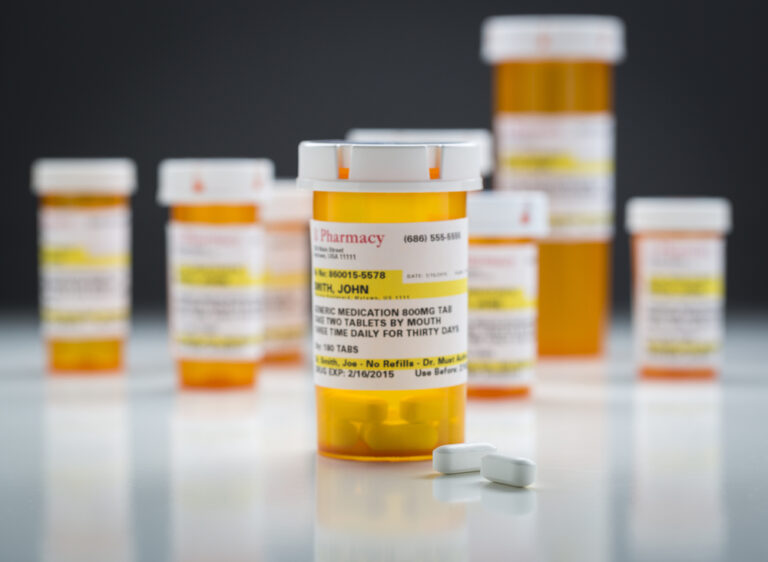By Jim Potter
The imbalance between the clear legislative authority and precedents for the Commerce Department’s proposed national security tariffs on pharmaceuticals and not so much for the “most favored nation” (MFN) Rx pricing proposal through Health and Human Services (HHS) department, along with the President’s penchant to put for his personal imprimatur on executive actions, led us in May to predict that the Administration’s ultimate aim was to try to negotiate voluntary waiver agreements with individual pharmaceutical companies.
Into this with equation, the Administration has accepted the rapid expansion of direct-to-patient (DTP) purchasing platforms by drug companies as an acceptable MFN alternative as part of these agreements. Telehealth compounding pharmacies popularized this approach over the last few years. These new pharma DTP offerings are scheduled to be made publicly available through the TrumpRx website in January 2026. Using DTP purchasing platforms, employers are also being incentivized to subsidize part of the cash price for their workers for obesity drugs as well as other medications, since many employers find them too expensive to add to their health plans.
That prediction came true when Pfizer voluntarily negotiated the first “deal” to this end, now followed by AstraZeneca and Merck’s EMD Serono for IVF-related drugs. These individual company waiver agreements appear to confer no tariffs being imposed for the next three years in return for commitments to reshore Rx manufacturing and API resourcing, along with sharp Rx pricing reductions through Trump Rx and possibly for U.S. health insurance programs. However, these agreements have not been made public to date, so the extent of any pricing discounts that are part of these waiver agreements remain largely unknown.
To continue the pressure on drug companies for additional waiver agreements, the Administration appears to be undertaking a two-fold strategy. First, as reported earlier, a proposed rule was filed for review on September 25th at the Office of Management and Budget (OMB), titled the “Global Benchmark for Efficient Drug Pricing (GLOBE) Model (CMS-5545)” which appears consistent with a MFN approach. And second, the Administration’s announcement of a new probe under Section 301 of the Trade Act of 1974 being prepared into drug pricing practices among U.S. trading partners – a move that would lay the ground for fresh tariffs. Both of these proposed tariff actions coincide with the President’s announcement in late September that the U.S. would impose a 100% tariff on imports of branded or patented pharmaceutical products, unless a drug company is building a manufacturing plant in the United States. In response, more than a dozen drug companies have collectively pledged $281.4 billion in new US manufacturing and API resourcing capacity.
For now, most pharmaceutical companies appear to be waiting for Supreme court decisions on the President’s ability to impose emergency-authorized bi-lateral tariffs for pharmaceuticals on U.S. trading partner countries and in turn drug companies within their borders. Also keep in mind, “most favored nation” is a tariff concept in name only thus far and has been used mainly in describing the expansion of DTP platforms under the three negotiated tariff waiver agreements. While the Rx price discounts announced as part of TrumpRx and other DTP purchasing platforms are significant, critics argue that their reach may be limited to Americans that can afford cash-payment drug access. Moreover, previous MFN pilot programs have either failed to gain traction or were successfully challenged in court during the past three Administrations under Presidents Obama, Trump (first term) and Biden. Eventually, the Commerce Department will move forward on its proposed national security tariffs, with or without Rx price voluntary discounts as envisioned by the White House.
For healthcare marketers, the advent of TrumpRx and DTP purchasing platforms offers potential new opportunities to reach more American consumers. And while HHS under Secretary Kennedy and the FDA have tightened enforcement for DTC Rx advertising and may propose to further regulate or limit Rx broadcast advertising and other digital channels, the President has stated that he doesn’t want to hurt the pharmaceutical industry, particularly in a frail economy. Instead, the White House appears to be more interested in reshoring drug manufacturing to the U.S. and claiming discounts for Americans in drug pricing. There is clearly daylight between the White House and HHS in their objectives with the pharmaceutical and healthcare marketing industries.

Jim Potter is the Executive Director for the 4As Coalition for Healthcare Communication. For questions about this article or further information, please contact him at [email protected].




